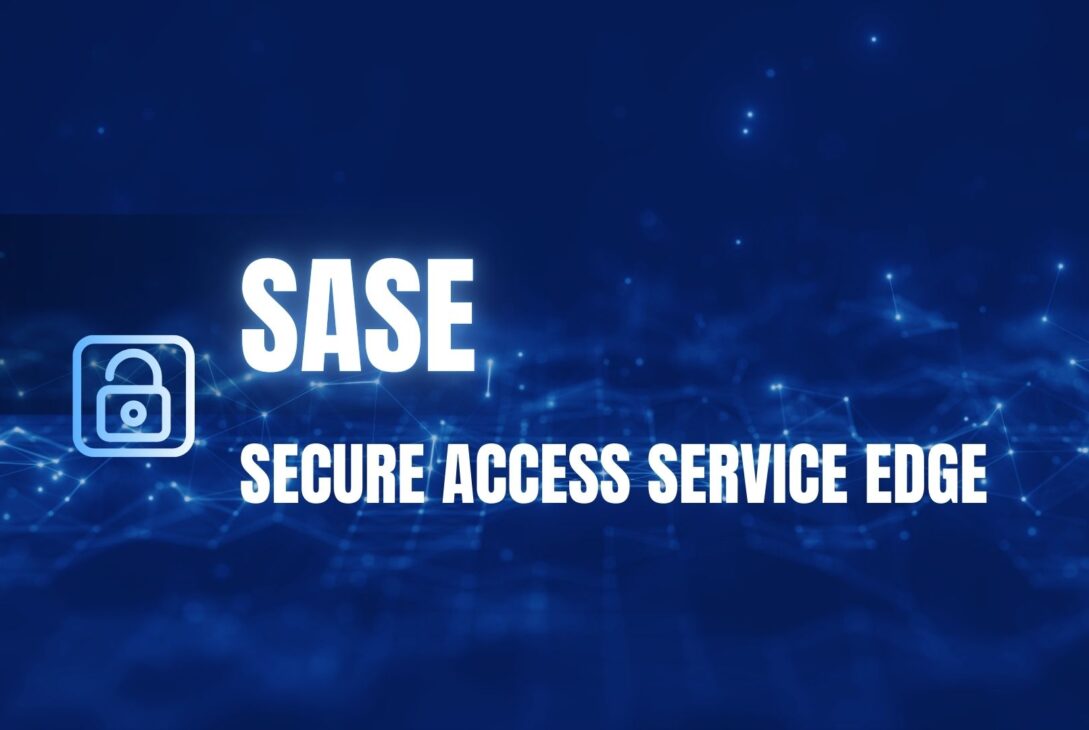SASE, or Secure Access Service Edge, represents a significant evolution in how businesses approach network security. It brilliantly converges networking and security functionalities into a unified, cloud-based service. Grasping what is SASE has become increasingly vital for companies navigating today’s complex digital landscape, especially with so many people working from diverse locations.
It’s truly revolutionizing how organizations protect their data and users. Let’s explore how.
Understanding the Shift: From Castle to Cloud
Traditionally, businesses secured their networks much like a medieval castle: with a central data center protected by a formidable moat. All data and applications resided safely within this secure perimeter. Therefore, security efforts focused primarily on controlling who could enter or exit.
However, the SASE architecture fundamentally changes this entire model. Instead of that centralized, “castle-and-moat” approach, SASE delivers crucial security functions, like firewalls and secure web gateways, directly from the cloud. This strategic shift brings security much closer to users and applications, regardless of their actual location. As a result, organizations gain tighter control and significantly enhanced visibility into all their network traffic. It’s a much more flexible and adaptive security posture for the modern age. You can explore more about foundational modern network architectures at the Cloud Native Computing Foundation website.
SASE Architecture: Delivering Security as a Cloud Utility
The core of SASE architecture lies in providing a seamless and unified experience for both network connectivity and security through the power of the cloud:
- Cloud-Native Foundation: SASE harnesses the inherent advantages of the cloud, including its scalability, flexibility, and extensive global reach.
- Integrated SD-WAN: Software-Defined Wide Area Network (SD-WAN) capabilities are built directly into SASE for optimized traffic routing and enhanced application performance.
- Security Services Delivered via the Cloud: SASE seamlessly integrates a suite of critical security functions:
- Secure Web Gateway (SWG): This filters web traffic to identify and block malicious content.
- Cloud Access Security Broker (CASB): CASB manages and secures the usage of cloud applications.
- Firewall as a Service (FWaaS): FaaS inspects and controls network traffic flows.
- Zero Trust Network Access (ZTNA): ZTNA provides granular access control based on user identity and device posture.
The Compelling Benefits of SASE Architecture
Adopting a SASE architecture offers numerous advantages for modern organizations:
- Simplified Management: By consolidating networking and security into a single cloud platform, SASE significantly reduces complexity and streamlines management.
- Enhanced Security Posture: Consistent security policies are enforced across the entire network, regardless of user or application location, leading to a stronger security posture.
- Improved User Experience: Optimized traffic routing ensures smooth and efficient application access for all users, including those working remotely.
- Greater Scalability and Agility: The cloud-based nature of SASE allows it to easily adapt and scale to meet the evolving needs of a growing business.
SASE in Action: A Practical Example
Consider a company with multiple branch offices and a significant number of remote workers. In a traditional network setup, all traffic would typically be backhauled to a central data center for security inspection. This often resulted in latency, bottlenecks, and a degraded user experience.
SASE, however, strategically places security functions closer to the users and applications, utilizing geographically distributed cloud points of presence. As a result, network traffic undergoes inspection and filtering locally, significantly improving both application performance and the overall security posture.
Conclusion: Understanding What Is SASE
In conclusion, what is SASE represents a significant shift in how organizations approach network security and connectivity. Its cloud-native architecture and integrated security services offer numerous benefits for businesses navigating the complexities of modern IT environments.
Last modified: July 24, 2025





